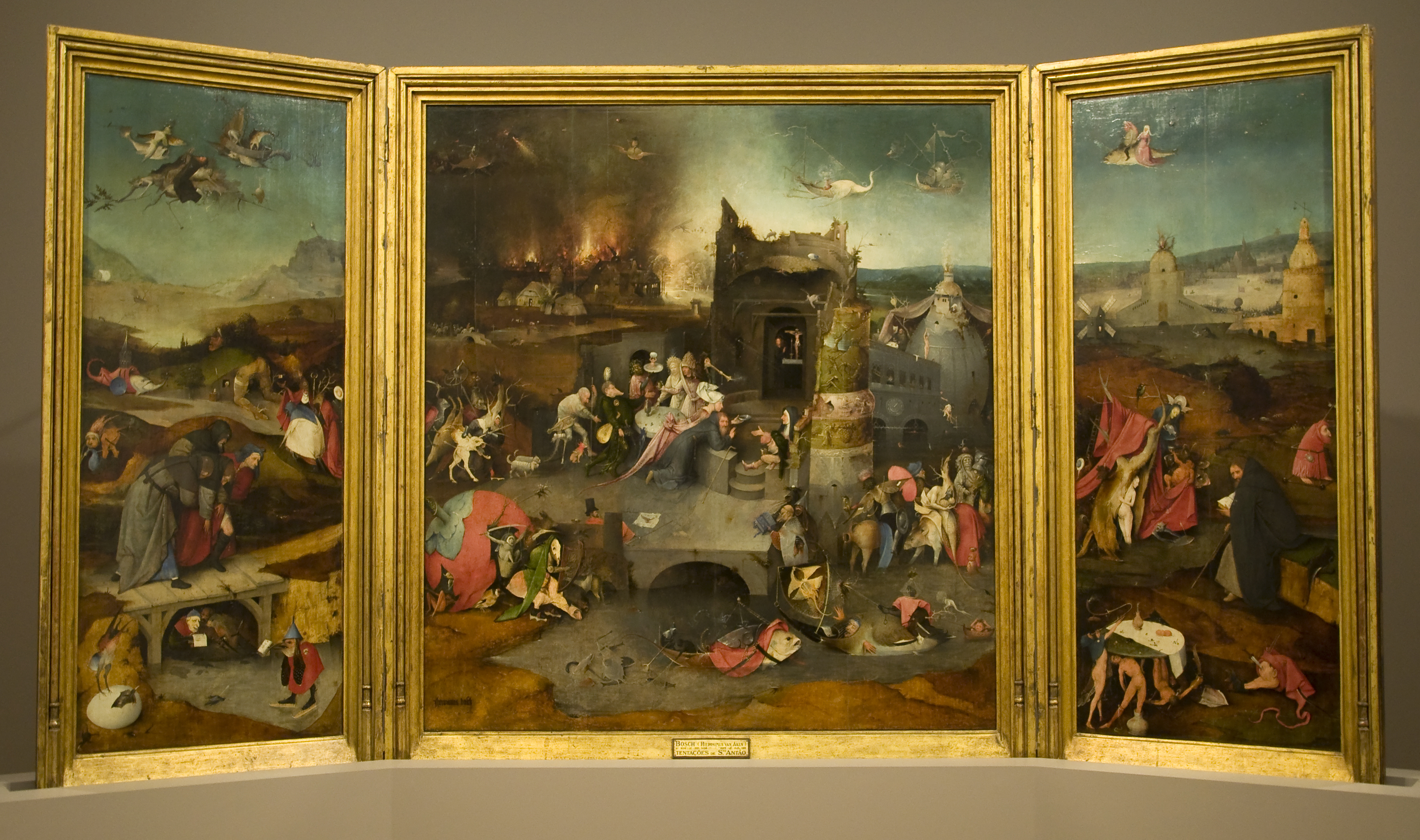Introduction:
The idealization of the 'Renaissance' period of either Italian or Northern contains a certain degree of serendipity. Notable 'renaissance' artists attempt to depict a royal, wealthy, and noble cause of the 'human spirit'. In describing the human spirit one can think of the 'renaissance' as the revival of art in all its glory through religious, economic, and societal influences.
Retrospection:
As a student examining all the various forms of art elements of the 'renaissance' period ranging from Boticelli, Michelangelo, or even Leonardo da Vinci in the Italian renaissance then followed by the rise of Northern renaissance such as Jan Van Eyck, Albrecht Durer, and Hieronymus Bosch. Both forms of renaissance sparked a period of artistic endeavors that differed every so slightly. Attention to wealth and standards of humanistic expression were transcendent in the Italian Renaissance, the Northern Renaissance though similar in religious and humanistic examination began to focus on a wider scope of 'commonality' amongst peoples. In discussing this topic of 'commonality' I turn to Hieronymus Bosch. Bosch is an artist who I have admired for quite some time, from the course readings and lectures we have examined Bosch as a character, artist, and dissident from the official course of 'renaissance art'. Though categorized under 'renaissance' art Bosch pushes his work towards surrealism (defined as the juxtaposition of reality). Uniquely, I am drawn to Bosch's work in telling us the beauty of his artistic talents but also the deeply disturbing realities of the human flaws we are so susceptible too. Bosch innately is influencing the ways in which 'humanism' is defined in a total reversal.
 |
| "Temptation of St. Anthony" (1501) - Example of Triptychon / Source: https://en.wikipedia.org/wiki/Triptych_of_the_Temptation_of_St._Anthony |
Analysis:
In this blog post discussing the 'renaissance' I direct your attention to Bosch's piece titled "An Allegory of Intemperance" painted from an approximate period of 1495 to 1500 in the Netherlands. An important note of the 'renaissance' art that is uniquely 'northern' per se is the usage of 'triptych' panels of paintings. In example, the Bosch piece below is a fragment paired alongside "Ship of Fools" and "Death and the Miser" which are all encompassing within a series representing sins of "pride, envy, lust, anger, and sloth" (Yale University Art Gallery).
| "An Allegory of Intemperance" - Hieronymus Bosch / Source: https://artgallery.yale.edu/collections/objects/43515 |
“An Allegory of Intemperance.” An Allegory of Intemperance | Yale University Art Gallery, artgallery.yale.edu/collections/objects/43515.
“Hieronymus Bosch: the Mysterious Master of the Surreal.” European CEO, www.europeanceo.com/lifestyle/hieronymus-bosch-the-mysterious-master-of-the-surreal/.
Prodger, Michael, New Statesman. How Hieronymus Bosch Defied the Ideals of an Age, 21 Mar. 2016, www.newstatesman.com/culture/art-design/2016/03/how-hieronymus-bosch-defied-ideals-age.
Robin Urton, 4realarts.com. The Northern Renaissance, robinurton.com/history/Renaissance/northrenaiss.htm.
Comments
Post a Comment